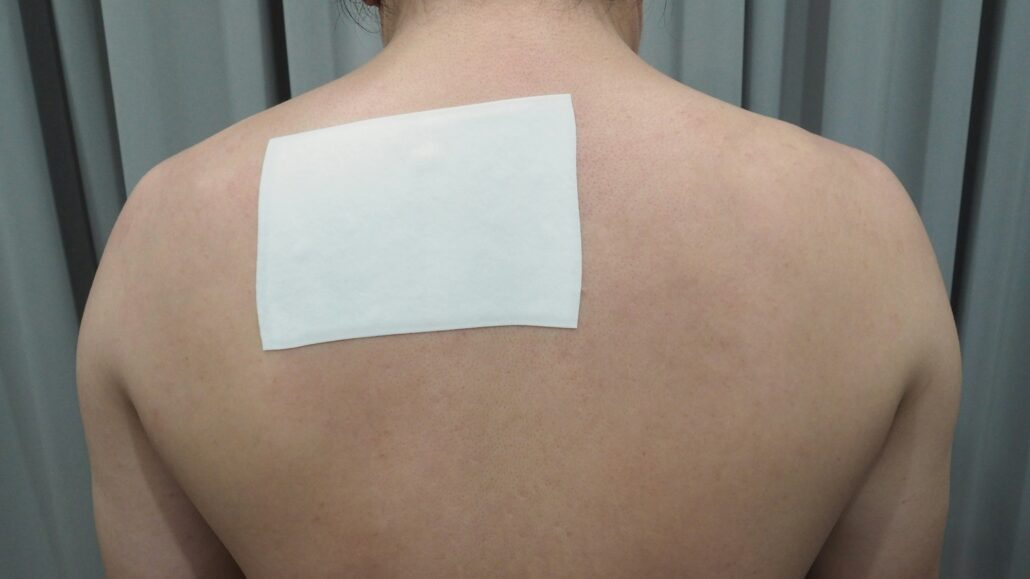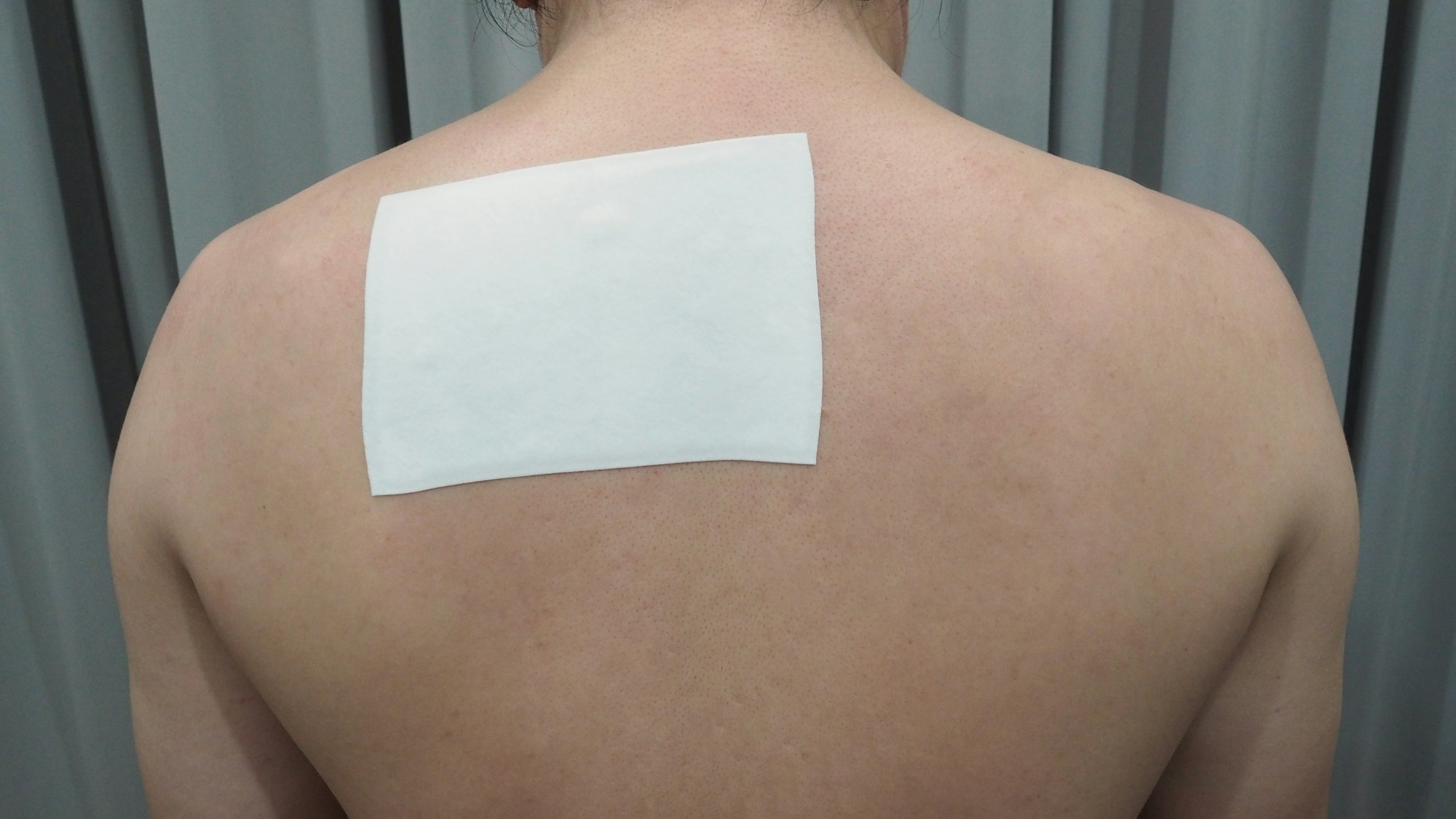Many turn to topical muscle pain relievers for quick and effective relief of aching muscles. These solutions provide targeted intervention right where it hurts, without needing pills or injections.
In this guide, we’ll explore the different types of topical muscle pain relievers, their benefits, and tips on choosing the right one for you.

Types of Topical Muscle Pain Relievers
Creams and Gels
Creams and gels are perhaps the most popular choices when it comes to topical pain relief. They’re non-greasy and absorb quickly, making them perfect for on-the-go application. Products like Voltaren and Bengay are household names for a reason—they work fast and effectively.
Patches
If you’re looking for continuous relief without the hassle of reapplication, patches are your best bet. They stick to your skin and provide a steady dose of medication over several hours. Salonpas and Icy Hot patches are great examples. Just slap one on and forget about it!
Sprays
Sprays are incredibly convenient, especially for those hard-to-reach areas like your back. A quick spritz of Biofreeze spray can make a world of difference when you’re in a pinch. Plus, there’s no need to get your hands messy.
Roll-Ons
For a mess-free and convenient option, roll-ons like the Tiger Balm roll-on are fantastic. They allow for precise application, so you can target exactly where it hurts. Just roll it on and go about your day.
Active Ingredients and Their Benefits:
Whether it’s menthol, camphor, or lidocaine, the active ingredients in topical pain treatments are what make them effective.
Let’s explore these:
Menthol
Menthol is a common ingredient that provides a cooling sensation, which can be quite soothing for minor aches and pains. It’s found in many over-the-counter products and is great for those quick-relief moments.
Capsaicin
Capsaicin, derived from chili peppers, creates a warming sensation that helps reduce pain signals. It’s particularly useful for chronic conditions like arthritis. The heat can be incredibly comforting.
Salicylates
Salicylates have anti-inflammatory properties, making them effective for reducing swelling and pain in muscles and joints. If you’re dealing with inflammation, products containing salicylates could be helpful.
Lidocaine
Lidocaine offers a numbing effect, which is excellent for localized pain relief. It’s commonly found in products designed for more intense, targeted pain management.
How to Choose the Right Product
Consider the Type of Pain
Different products are better suited for different types of pain. For acute, short-term pain, a quick-acting cream or gel might be ideal. For chronic, long-term pain, you might prefer something like a capsaicin patch.
Application Preference
Think about what’s easiest for you to use. Sprays are great for hard-to-reach areas, while roll-ons offer a no-mess solution. Choose what fits best into your routine.
Skin Sensitivity
Always check the ingredients for potential allergens. If you have sensitive skin, you might want to do a patch test first to avoid any adverse reactions.
Duration of Relief Needed
When choosing a topical pain relief product, think about how long you need relief. For short-term pain, fast-acting gels or creams are convenient. For longer comfort, go for products like patches or slow-release formulations.
Safety and Usage Tips
Read Instructions Carefully
Always follow the product’s dosage and application guidelines. Overuse can cause skin irritation, allergic reactions, or other side effects, depending on the ingredients.
Patch Test
Before using a new product, try a small patch test first. Apply a tiny amount to a small area of your skin and wait 24-48 hours. This helps you check for any allergic reactions. It’s always better to be safe than sorry!
Avoid Open Wounds
Never apply topical pain relievers to broken or irritated skin. This can cause more irritation, slow healing, and even lead to infection. These products are meant for use on healthy skin, and using them on damaged areas can make things worse instead of better.
Consult a Healthcare Professional
If you have underlying health conditions or are on medication, it’s always a good idea to talk with a healthcare professional before trying a new product.
Conclusion
Choosing the right muscle pain reliever involves considering a few things like the type of product, your skin sensitivity, and how long you need relief. Here are some options:
Creams: Versatile and easily absorbed.
Gels: Provide fast-acting relief.
Sprays: Great for hard-to-reach areas.
Roll-ons: No-mess application.
Patches: Offer extended relief.
Remember to read instructions and perform a patch test to avoid adverse reactions.
Try out a few different products to see which one works best for you. Everyone’s body is different, so finding the right solution might take some experimentation. Start exploring your options today for effective and targeted pain relief.







